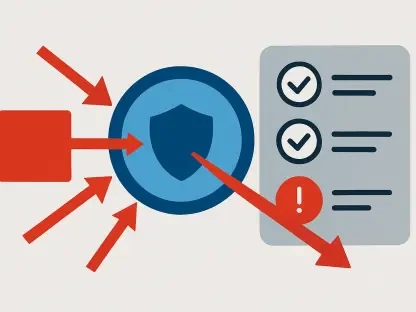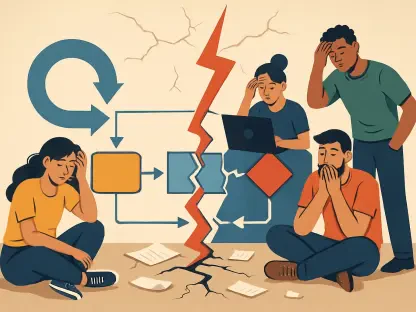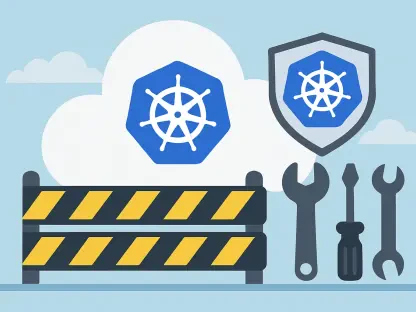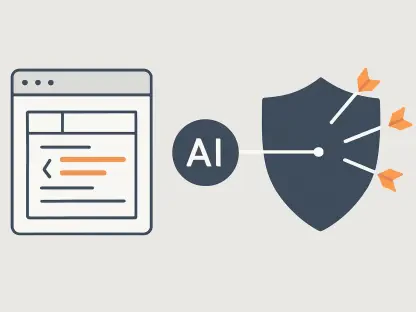Data loss is one of the most damaging things that can happen to a business. Losing crucial files and sensitive business information can be costly, whether it’s through human error, cyber-attacks, natural disasters, or faulty equipment. Data backup is the first line of defense against accidental information loss, but backup servers can also fail. At this point, data recovery software comes in handy. Data recovery software can solve simple data loss issues, such as accidental deletion, reformatting, and deleted partitions. Discover below the best data recovery software and what to consider when you choose one.
Choosing between DIY software and professional services
Whether it’s a hardware failure, a virus, or just plain human error, it’s relatively easy for an organization to lose vital personal files or sensitive data. As soon as the data loss occurs, it’s critical to stop using the affected drive immediately. If the files were deleted accidentally or the drive is failing this is the perfect moment when data can be recovered. Following a brief assessment, a decision must be made: data recovery software or professional service. While data recovery software – which can be purchased online, can resolve simple data loss issues, the damaged hardware is more complicated to deal with. Before calling a service specialized in data loss, determine first whether you can recover the data with software. Hard drive recovery services can deal with more extensive hard drive problems, such as data corruption, mechanical failures and physical damage from disasters. Recovery services are the way to go if the drive was damaged by fire or flood. In this case, technicians physically dismantle the hard drive to examine the platters where data is stored and then try to salvage those important files with various tools.
How to choose the right tool
A wide range of free and paid solutions are currently available on the market. To make a well-informed choice, it’s always a good idea to consider the following factors:
Recovery speed
Scraping through all the data on a hard drive can take a lot of time. While the best software is able to scan a standard 1TB hard drive in only five hours, there are tools that can only scan 50GB per hour. The type of hardware, the brand and how it’s connected to the computer can have a significant impact on scanning speed. It’s important to mention that tech experts didn’t find a correlation between speed and the percentage of successfully recovered files.
Ease of use
Data recovery software should be intuitive and simple to use so that anybody with a basic knowledge of operating a computer can use it to recover lost data. The process should be easy, from installation to recovery, with the help of clearly labeled buttons in the user interface.
Recovery process
The two most common reasons for data loss are deletion and formatting. Since all the top products perform well when it comes to the recovery of deleted files (some recover up to 100% of the data), you should choose the software that’s capable to perform a deep scan, a successful method to recover data from a formatted drive. Note that with logical recovery, it’s easier to recover data from a hard drive disk (HDD) than a solid-state drive (SSD).
Help and Support
The ideal data recovery software comes with excellent customer support. Manufacturers must offer, along with important resources like tutorials, FAQs and manuals, a phone number and a live chat option.
Price
Basic DIY software, including one license for one computer, will cost you between $50 and $100. Professional or business editions of the software are often available, and they allow you to recover more than one device. If you are planning to perform data recovery on a commercial level as a computer repair business, the technician edition is the one you should buy, with prices exceeding $1,000 per year.
Supported file types and storage devices
The best file rescue tools should be able to recover files of a wide variety of extensions such as .doc, .html, .AVI, .mp3, .JPEG, .JPG, .PNG, .GIF, etc. Many programs are useless if you need to get files back from a flash drive or an external drive, as they don’t support recovering files from external devices. Therefore, check the specs and choose the one that suits you or your business better.
A short list of recommended data recovery software
If disaster strikes and you haven’t backed up your important data you may be able to get something back with one or more software listed below.
With its built-in wizard that guides you through the steps of recovery, Recuva is one of the best tools out there. It can recover data from any storage device Windows can read and it’s available in both free and paid versions.
OnTrack EasyRecovery Professional
EasyRecovery Professional is specifically geared to looking after small to medium businesses. It offers deep scanning functionality and includes specific email recovery functions which dig into Outlook mailbox files. EasyRecovery Professional is available for Windows and Mac.
This tool is straightforward to use, taking its user step-by-step through the recovery process. The premium pack, which qualifies you for free lifetime upgrades, includes bootable media for recovery from serious system crashes.
Stellar Data Recovery is one of the top utilities out there thanks to its comprehensiveness and great support. It features recovery of nearly 300 file types from any NTFS, FAT , and ExFAT based storage devices.
This tool uses excellent recovery routines, picking up more files than most, so it’s a good option if you’ve exhausted all other possibilities. It’s available for Windows and Mac.
A comprehensive data recovery tool for both Windows and Mac, CleverFiles Disk Drill can recover and reconstruct more than 200 file types using multiple recovery methods. It is also compatible with iOS and Android devices, which means you can easily recover files on smartphones and tablets.
PCs, smartphones and other digital devices we use every day contain important data which can be lost in a second. Although there is no tool to make sure you will never lose your data, there is some clever software out there that can help you limit the losses.









